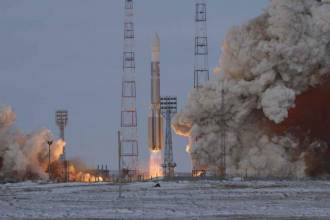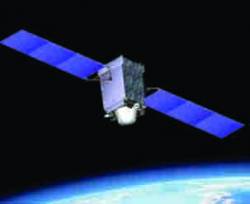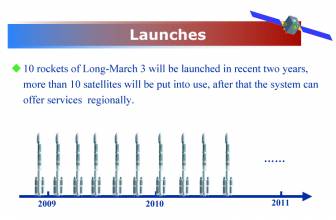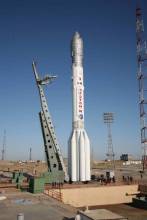December 7, 2008
NovAtel has announced its new SMART-AG antenna, an L1 GPS + GLONASS receiver plus antenna system housed in a single, low profile, rugged enclosure, designed for manual guidance and auto steer installations.
SMART-AG features 14 GPS L1 channels, 12 GLONASS L1 channels, and two additional channels for satellite-based augmentation systems (SBAS) as well as two NMEA 0183 compatible RS-232 serial ports, an NMEA2000 compatible CAN port, plus built-in mounting magnets.
Read More >
By Inside GNSS












